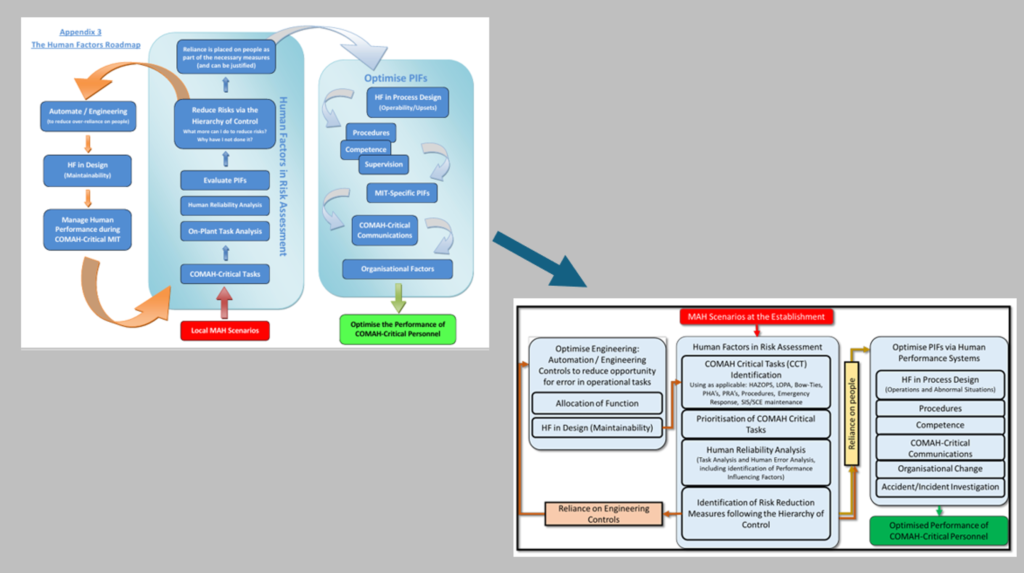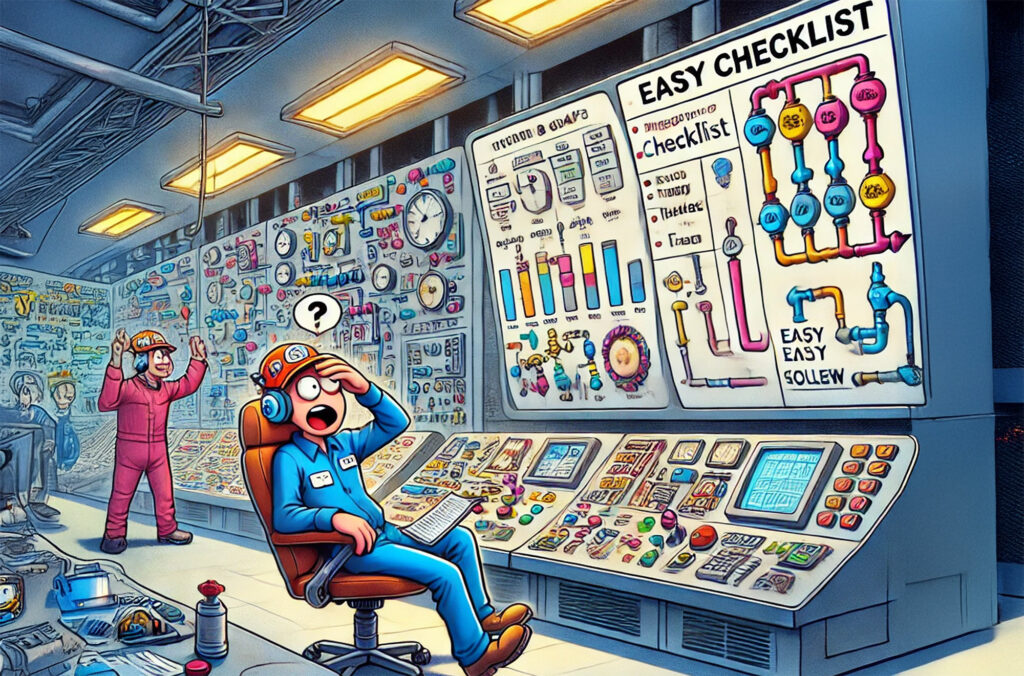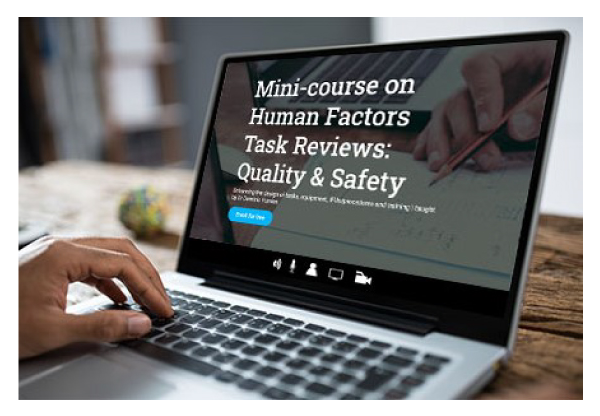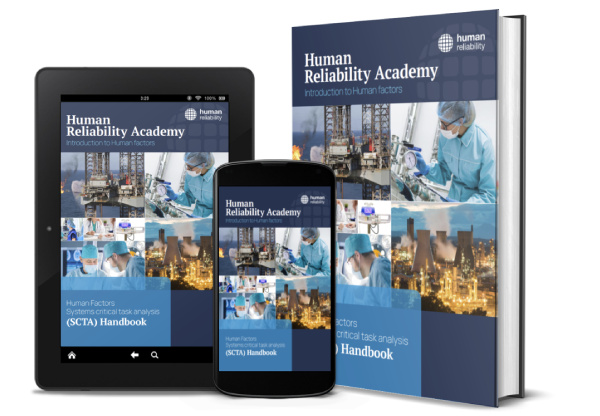The Parable of the Ant: Context Shapes Behaviour

“Context shapes behaviour” – This fundamental principle in human performance is brilliantly illustrated through the Parable of the Ant. This blog traces this powerful metaphor from Herbert Simon’s original insight to modern human factors applications.
Introduction To Link Analysis Using SHERPA

Link Analysis is a simple yet powerful tool that visualises workflows, uncovers critical interactions, and enhances design.
HSE Human Factors Delivery Guide for COMAH sites: What’s new?

The HSE released a new Human Factors Delivery Guide for COMAH sites in December 2023. However, there was no briefing note or presentation to accompany it to tell us what was different and what was the same.
A year on, I’m writing that blog to attempt to fill that gap.
Revisiting the Swimlane Method: A Healthcare Case Study to Improve Patient Safety

Lydea’s latest blog explores how Swimlane could be applied in the healthcare industry. By mapping out the sequence of events, the tool helped uncover opportunities to improve processes and enhance safety.
Tackling Procedural Non-Compliance in the Workplace: Insights and Solutions

Standard Operating Procedures (SOP) are essential, but why do operators deviate from them? Our Managing Director, David Embrey, explores how non-compliance may not always be about negligence, but rather systemic challenges and opportunities for process improvement.
Checking, checks, second checks, double checks and independent checks

In this deep dive, we explore the critical role of checking in detecting and correcting errors, especially in safety-critical industries.
Human Factors Regulations in Singapore: A comparison with the UK

In 2017, Singapore introduced the Safety Case Regime under the Workplace Safety and Health (Major Hazards Installations) Regulations, marking a pivotal step toward strengthening safety at facilities handling hazardous substances. This approach aligns closely with the UK’s HF Delivery Guide under the Control of Major Accident Hazards (COMAH) Regulations.
Human Performance Guidance for Pharmaceutical Manufacturing: A Regulatory Innovation?

In the pharmaceutical sector, human error isn’t just a “mistake”—it can affect patient safety, production and quality.
Human Factors for Biological Containment Labs

Biological containment labs handle some of the most dangerous pathogens, yet human error remains a critical risk factor in their operations.
On Crafting Effective and Safe Procedures

In safety-critical industries, having a procedure isn’t enough—it needs to be both accurate and user-friendly. A well-crafted procedure can enhance safety, reduce risks, and streamline operations, but only if it’s easy to follow and understand.













